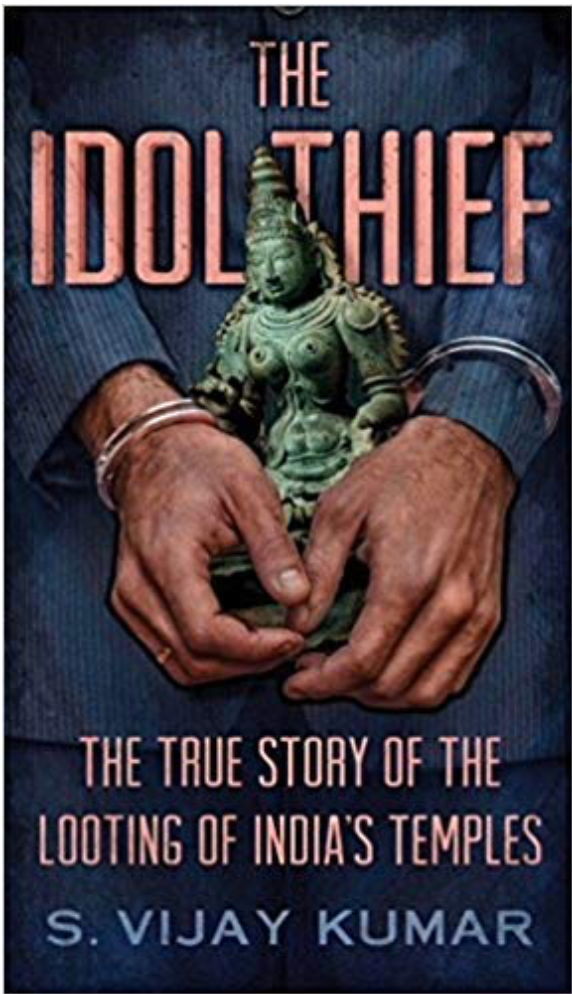Book Review — The Idol Thief
Every country regardless of its political and economic system, with governments weak or poor, stable or shaky, has an active, functioning and vibrant free-market — it is the black market.
When I saw the book The Idol Thief on amazon.in, I knew I had to read it. Not that I am deeply interested in religion or well read in sculpture or history, but I wanted to understand the trade and economics of idol theft, a concept I have heard about all my life, but did not fully understand. Also, temple art always piques my curiosity.

Idol theft, or more broadly, theft of antiquities, continues to occur in countries with antiquated laws (no pun) on how artifacts are acquired from countries (typically that have a long civilizational history — typically Asian countries like Cambodia, India, Pakistan, Afghanistan) to be sold to the highest bidders in countries that have a lot of money or incorrectly assume the role of OR posture to be the savior of these pieces of art. With several high net worth collectors and hungry institutional collectors (such as museums and galleries), these artifacts get passed around, with huge sums of money changing hands. Which is fine and dandy — but there are also rules and ethics to abide by — sadly, based on this book, I think the rules are oft-ignored.
We live in a world that has just begun to appreciate concepts such as ethical trading (think Starbucks), supply chain transparency (think Blood Diamond), farm to table transparency (disclosure of origins of food ingredients), but all these have a business imperative. People at both ends of the transaction have an incentive to make it work. But with sculptures, these are often made 100s if not 1000s of years ago — lot of times, we don’t know even know who they are. This puts ethics pressure on the chain of custody and the people who play a role in the supply chain.
Through the real events in the lives of Kapoor and Ashokan and Selvaraj and Vijay (the author himself), the book exposes the intricacies of this trade. It also goes on to give an expose on one of the greatest smugglers of our recent times — an Indian guy with an American passport, with a detailed network spanning more than 5 countries, currently in a Chennai prison, waiting for his day.
A very interesting read if you are curious about the global trade of collectibles, the high-profile industry and the underworld that connects art collectors, auction houses, museums, dealers and thieves — with a particular focus on metal and stone sculptures from South India.
11/1 — Minor grammatical and sentencing edits